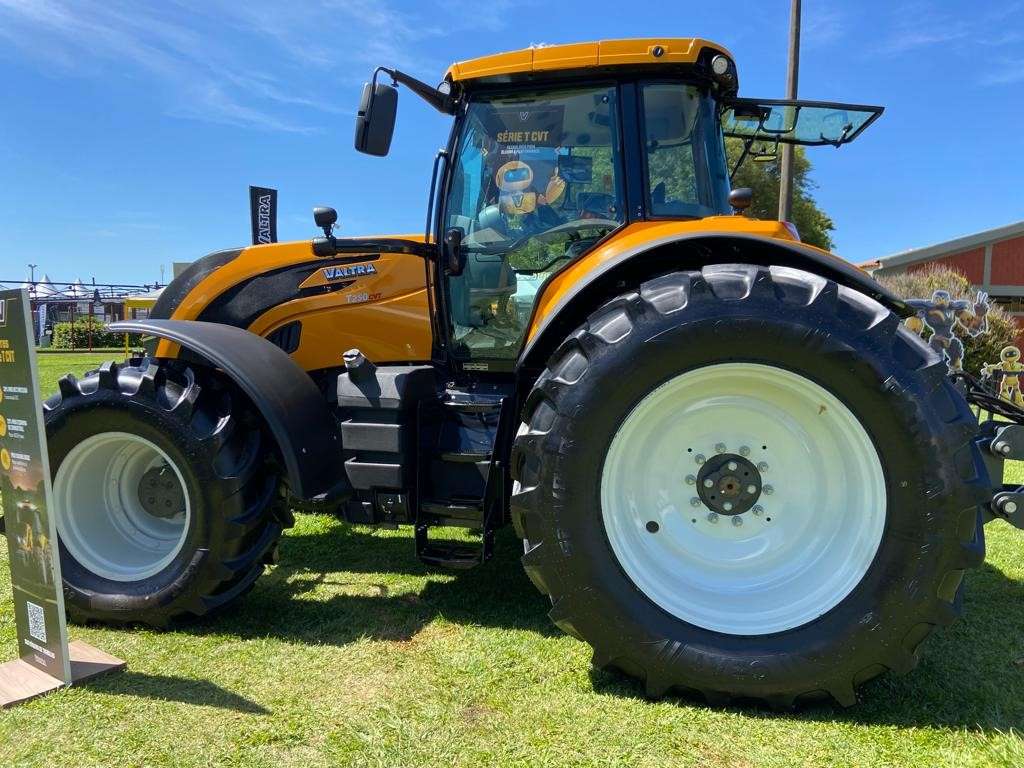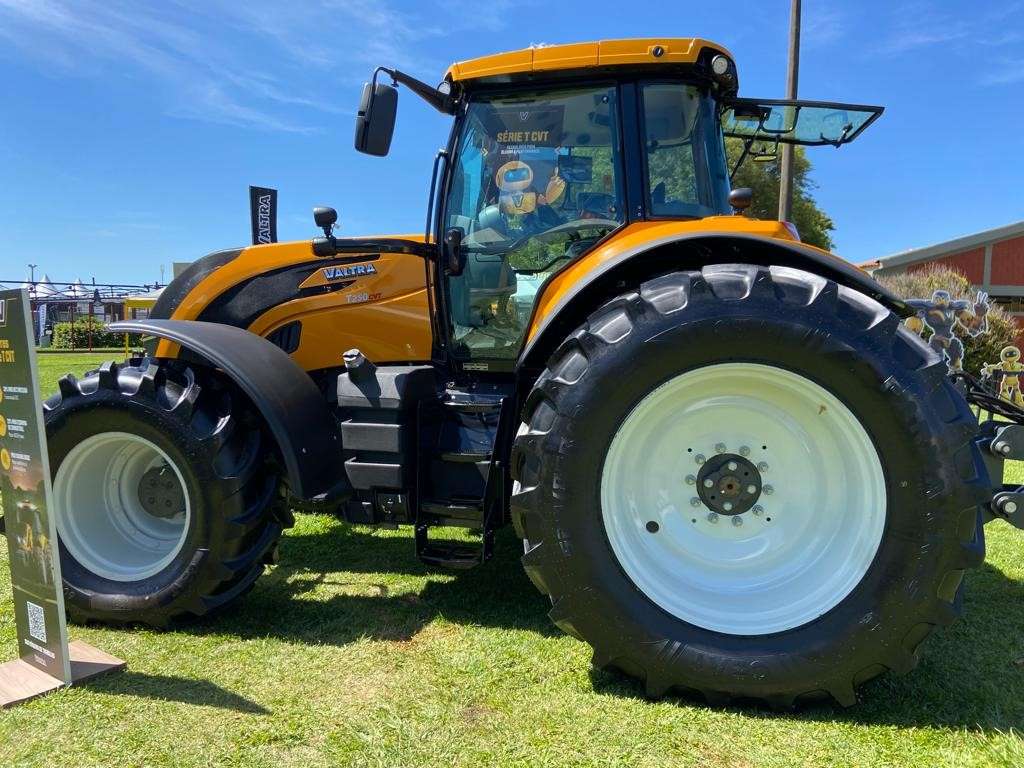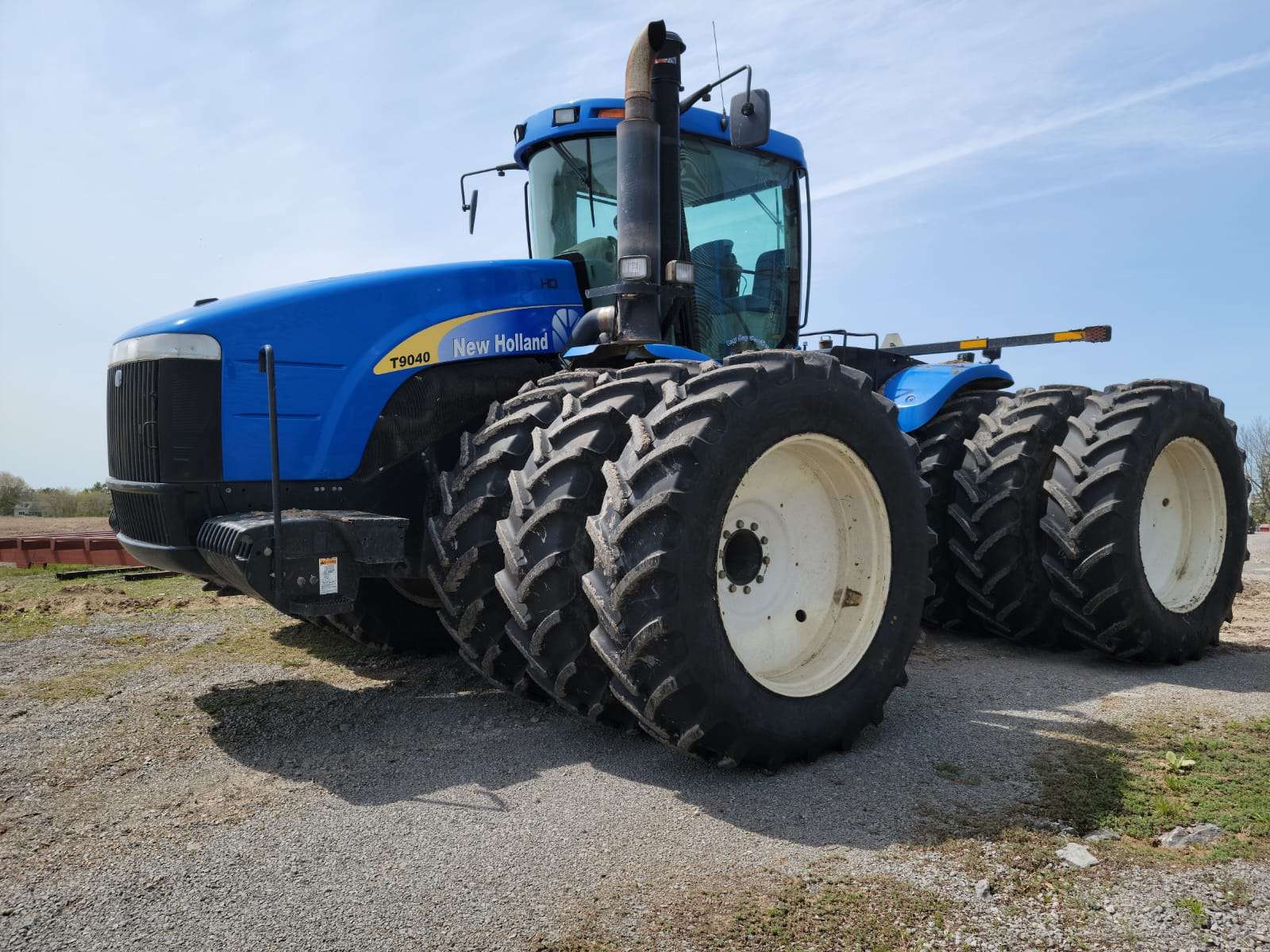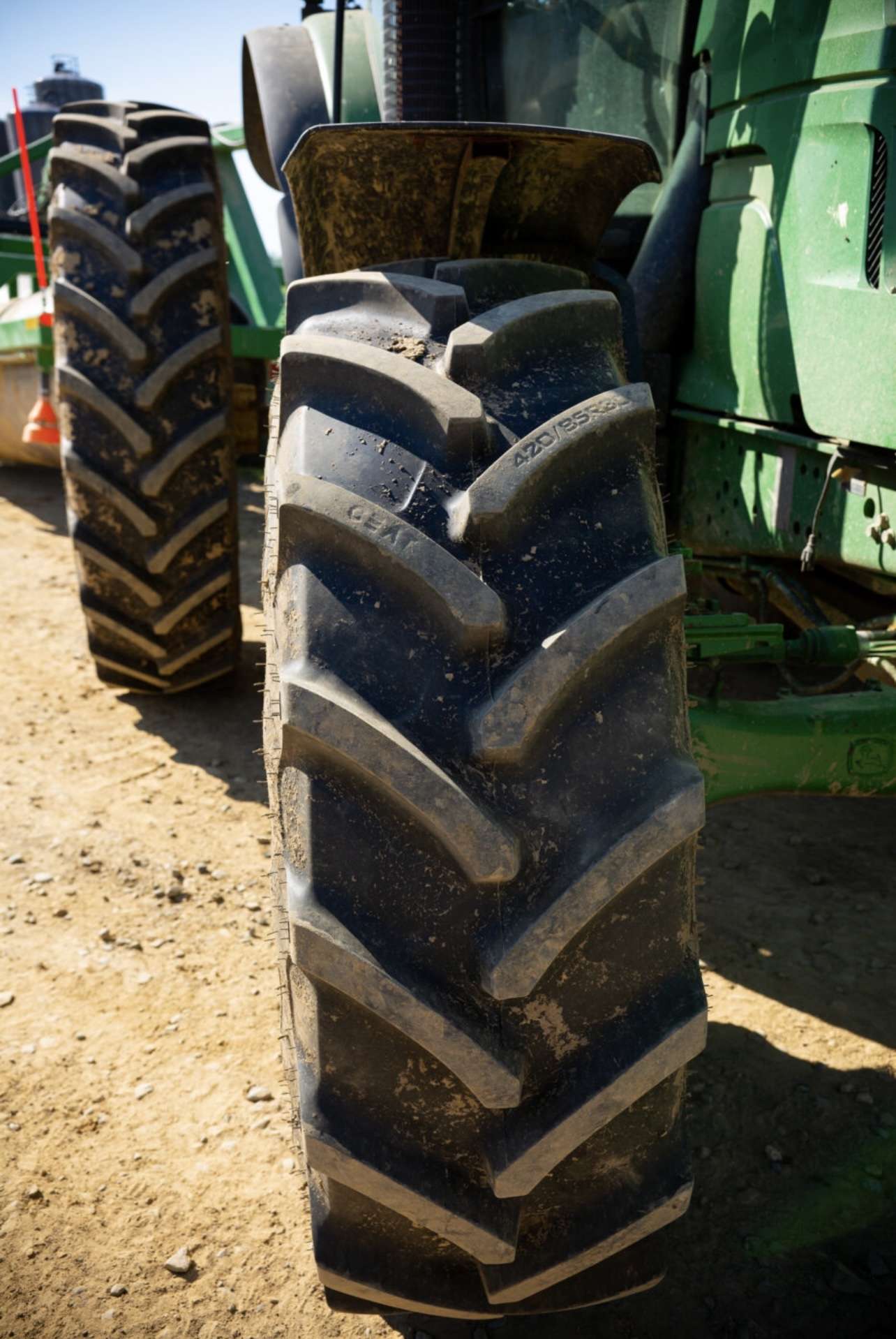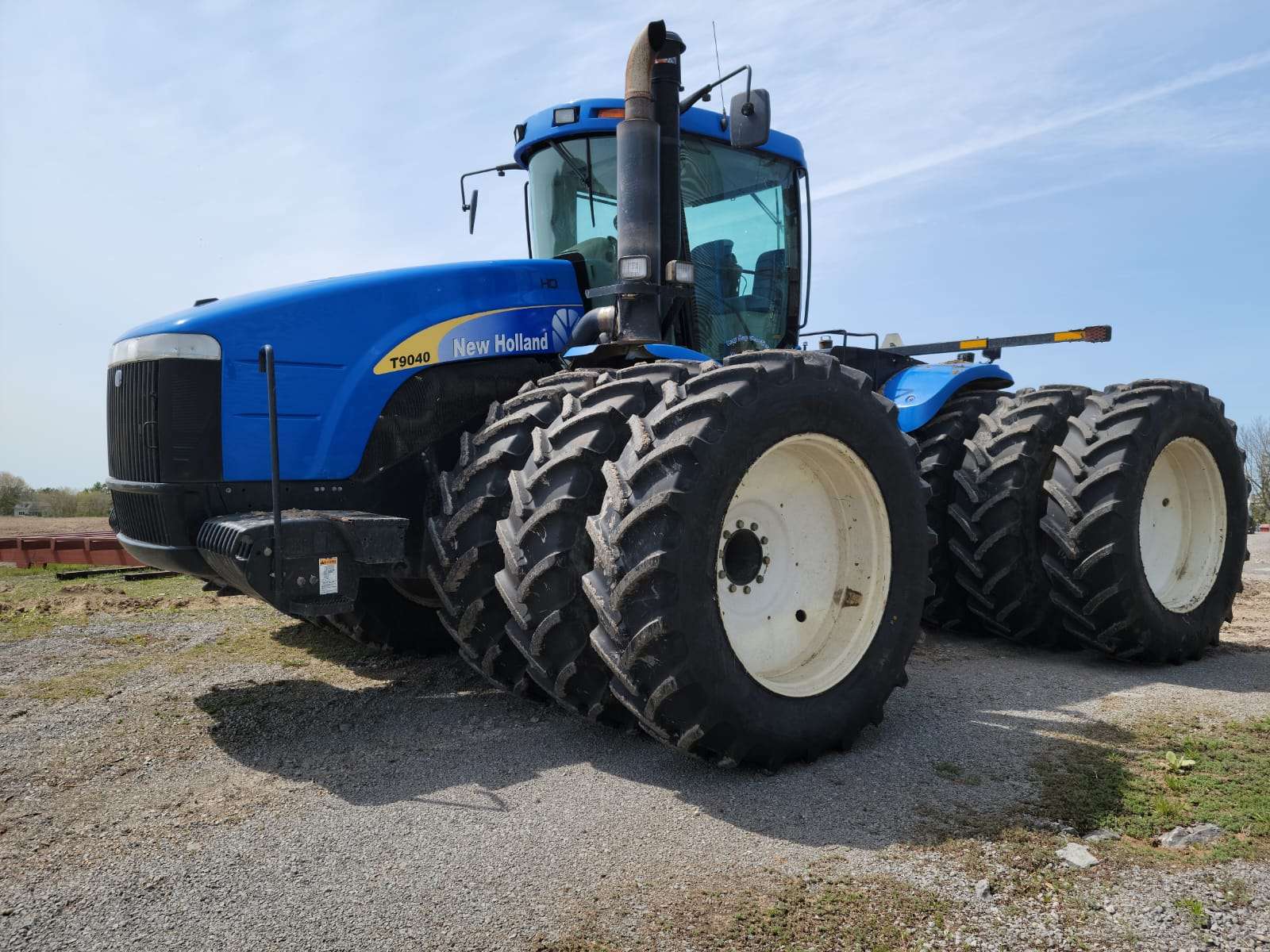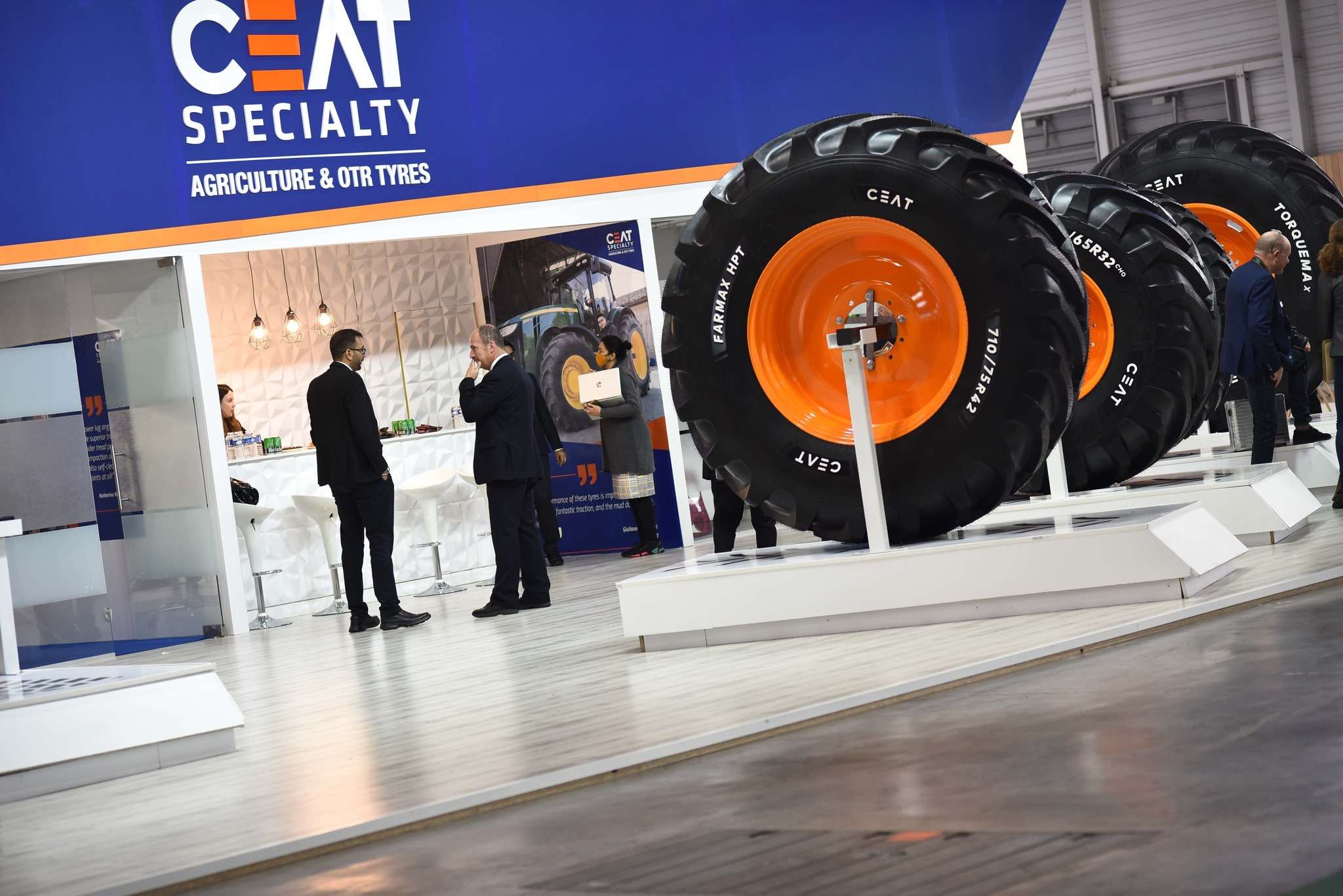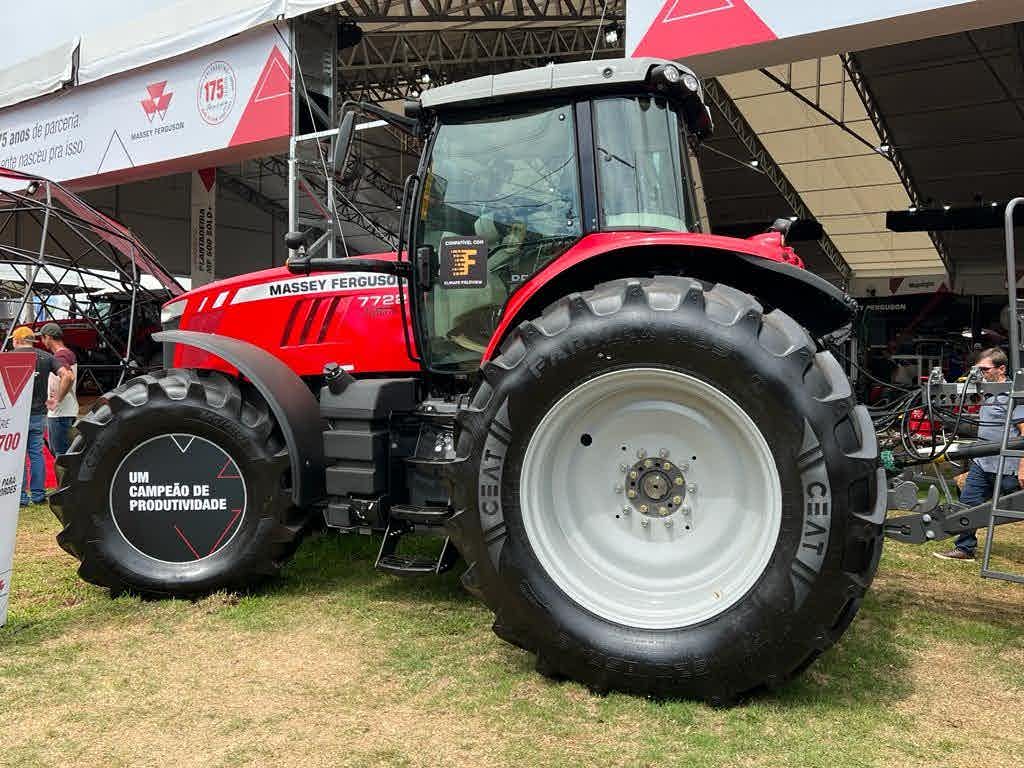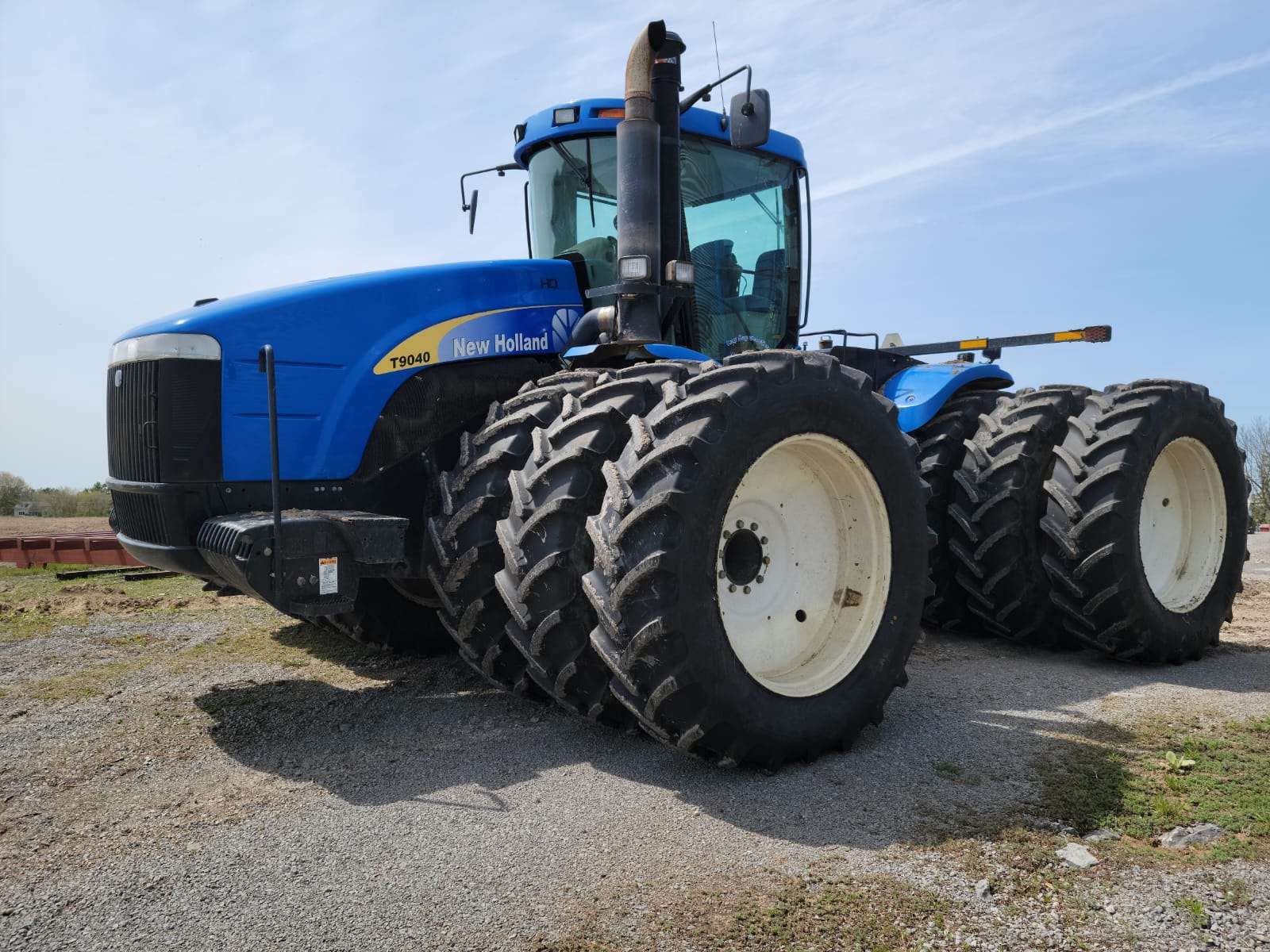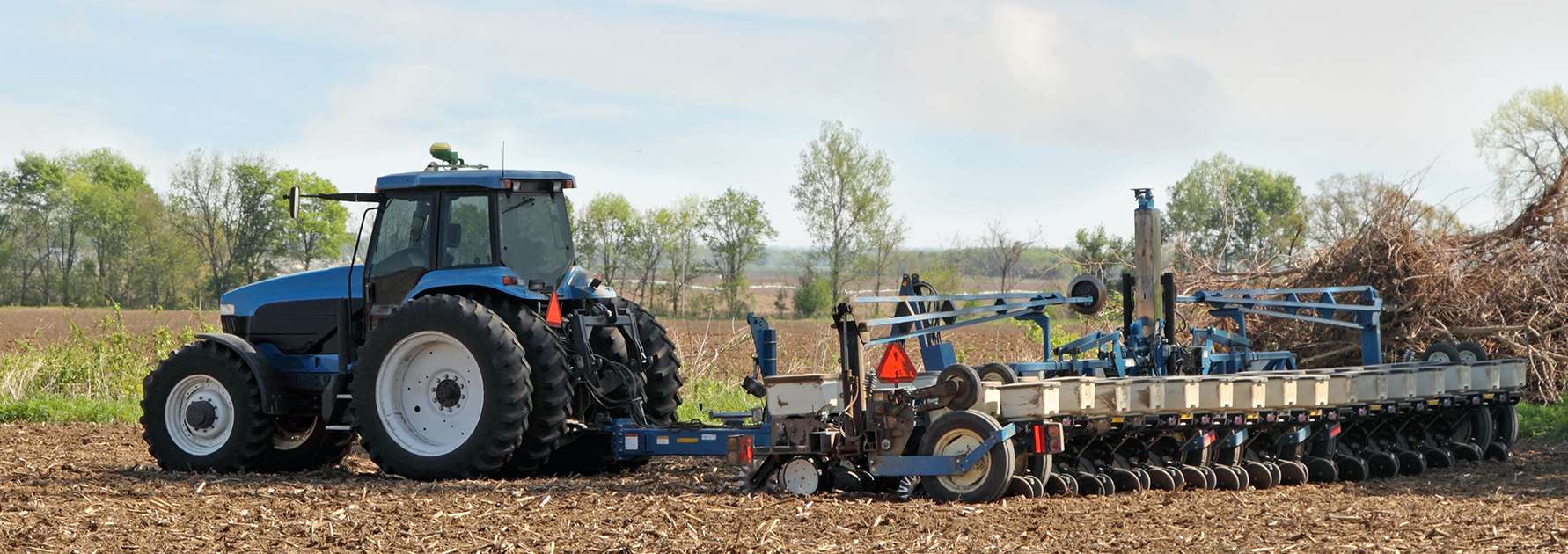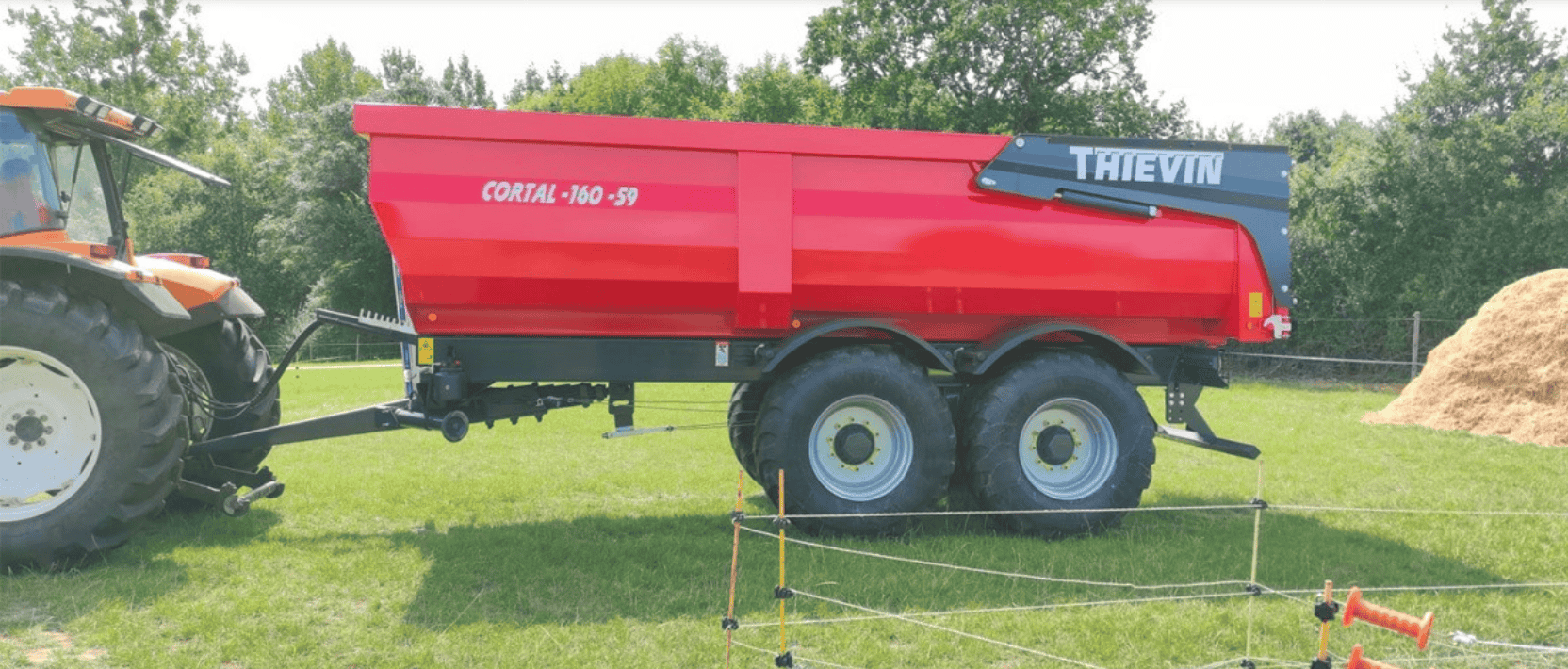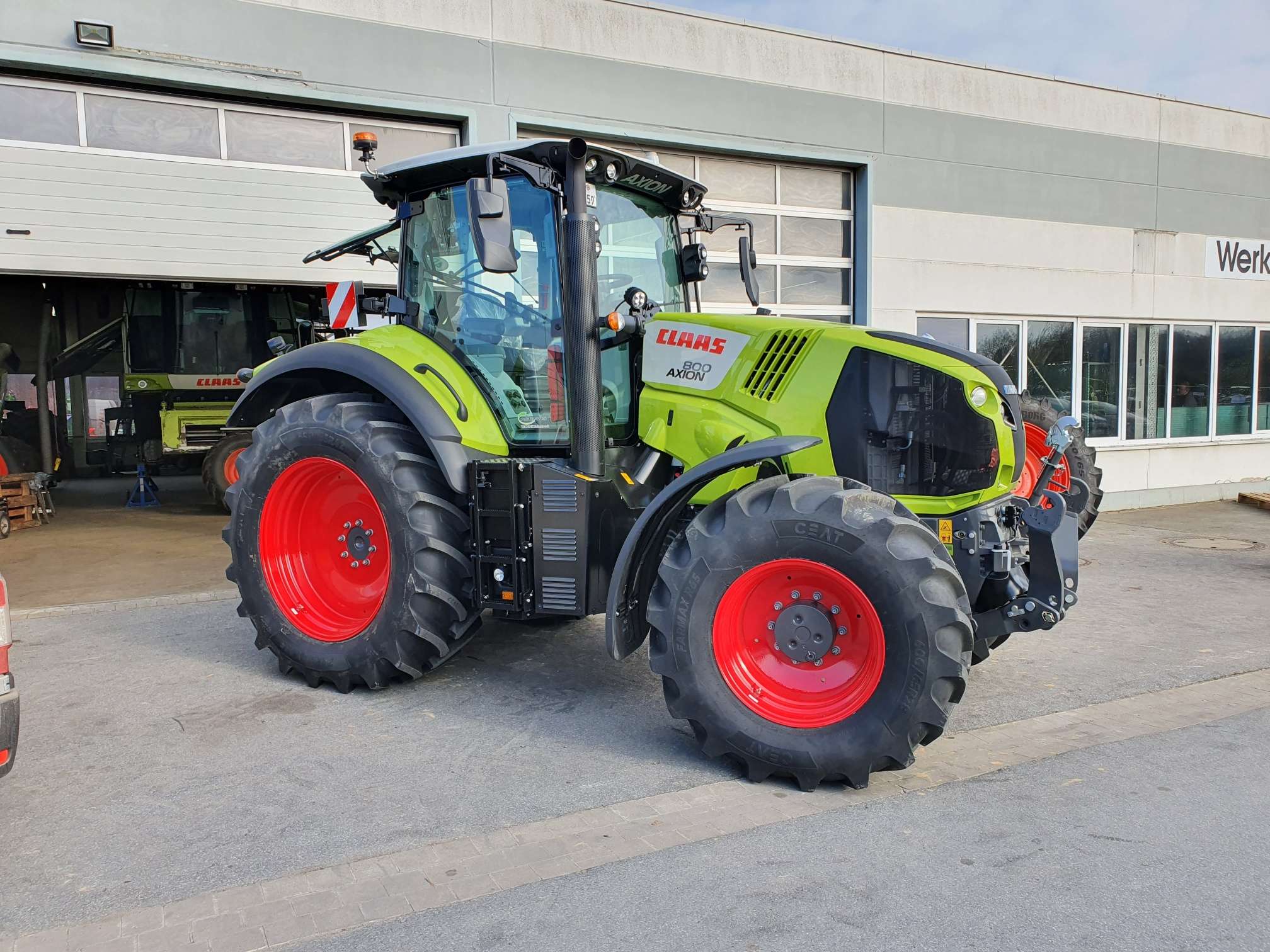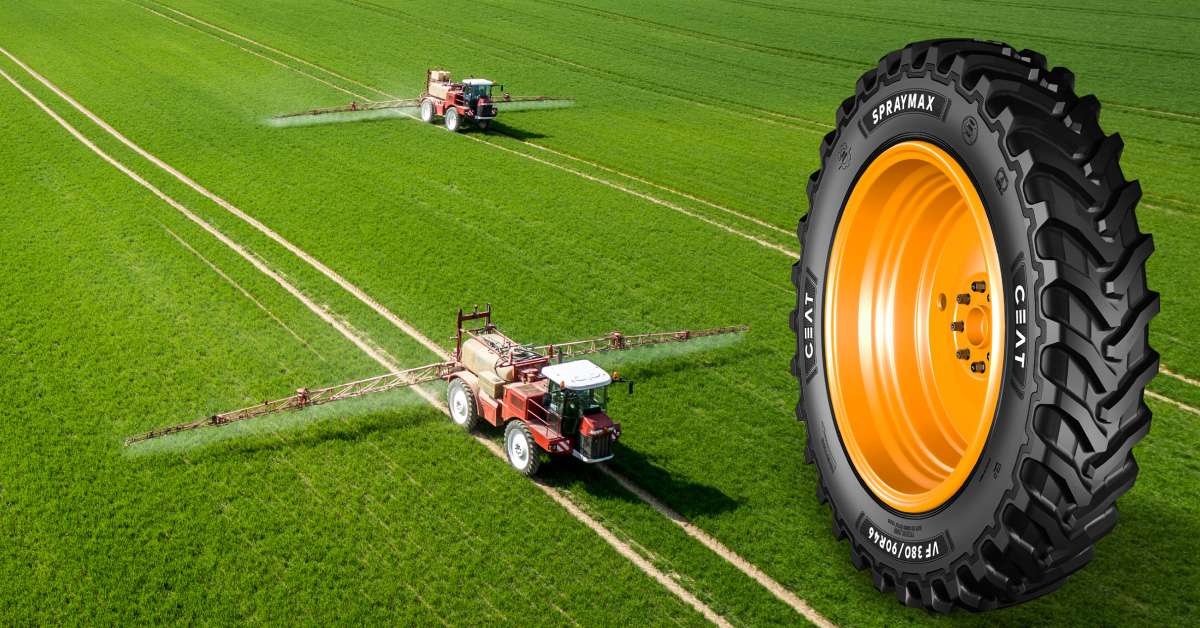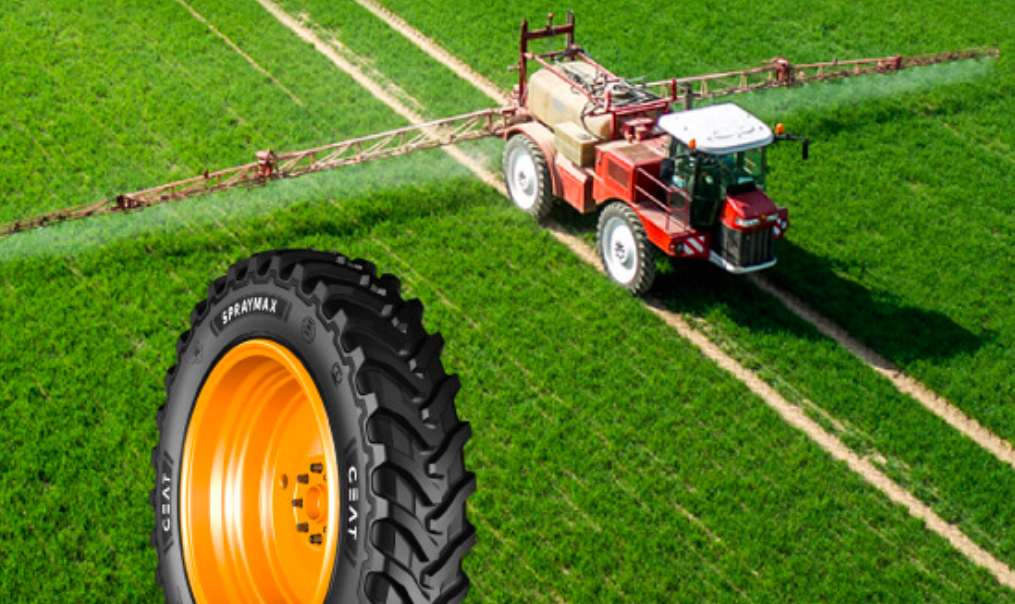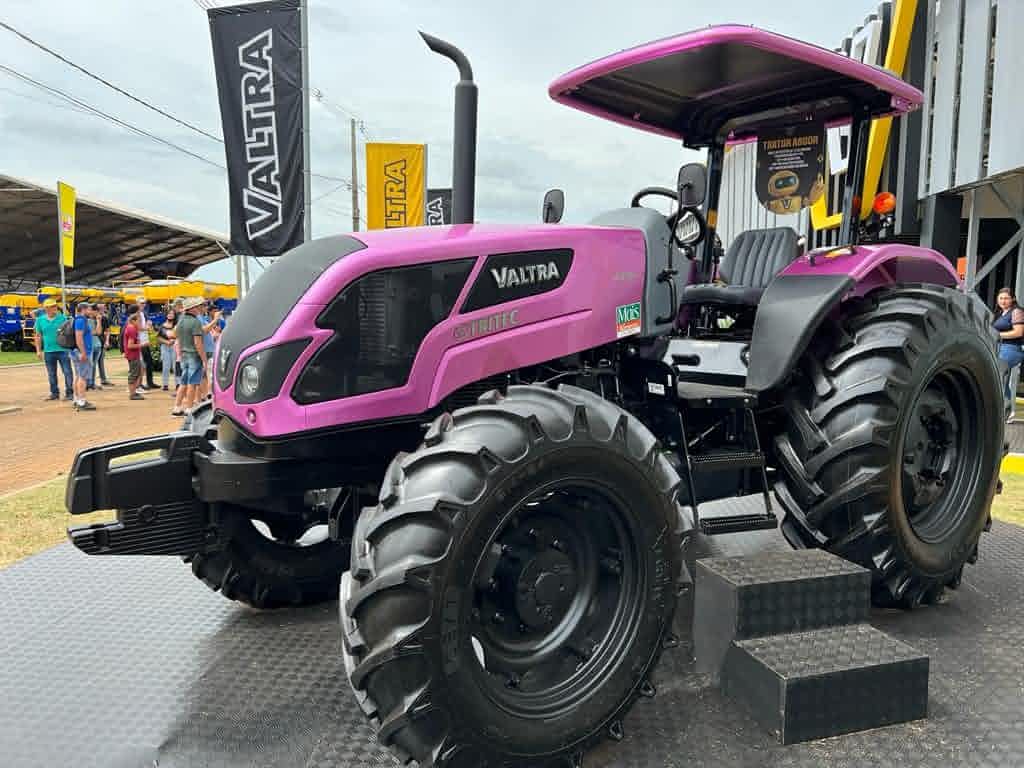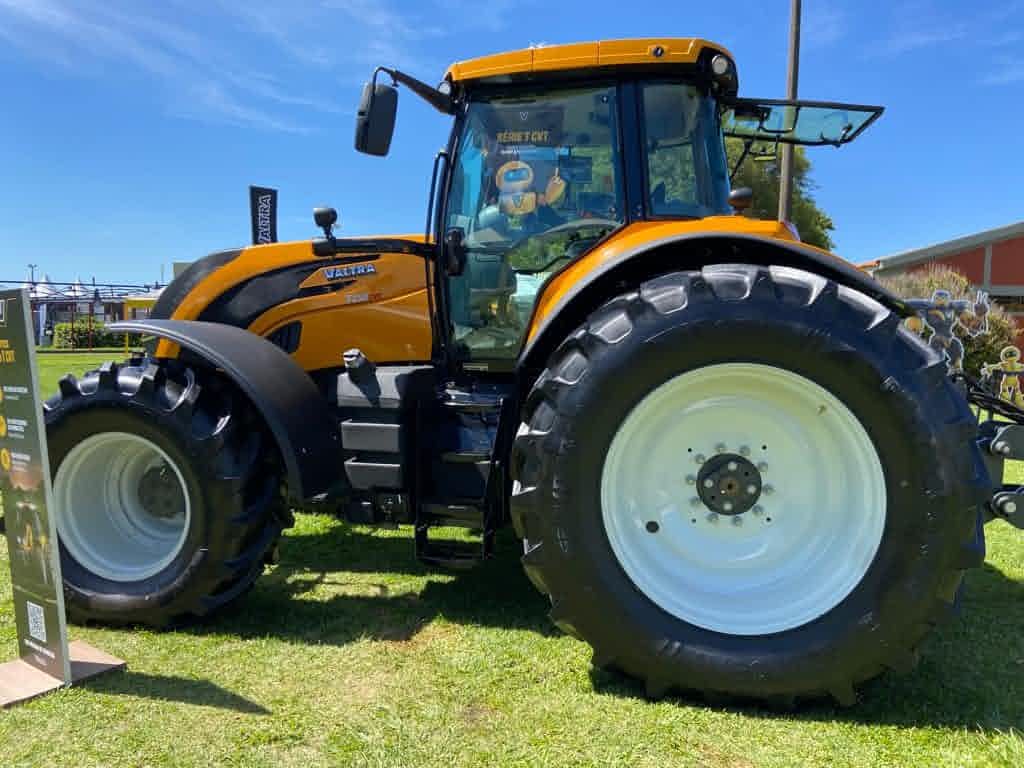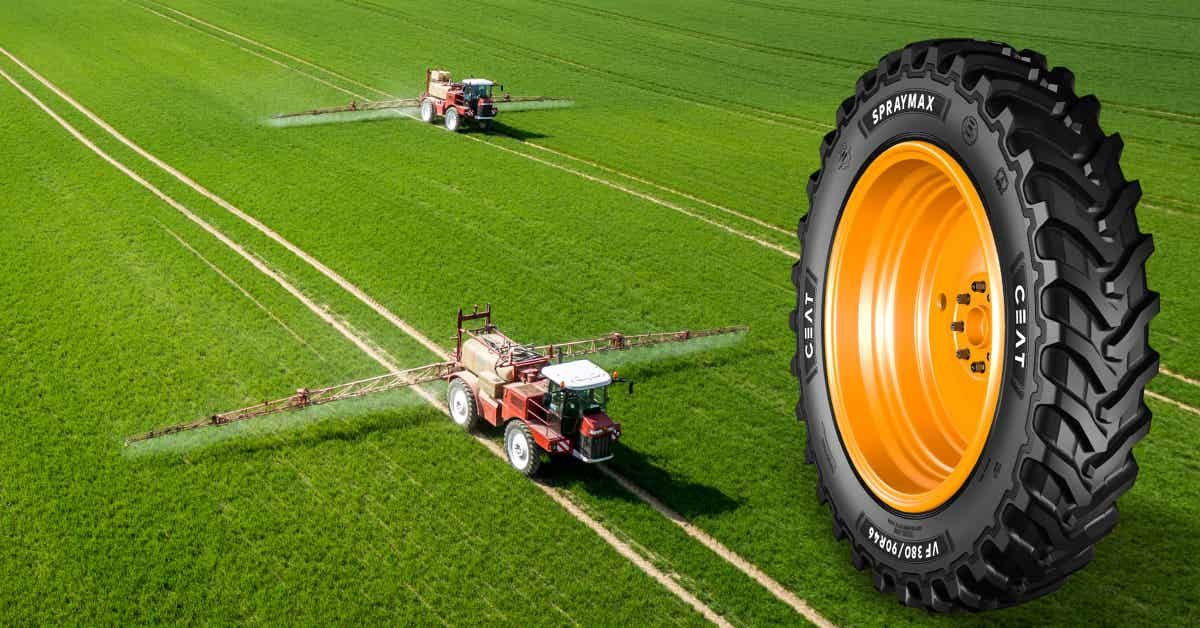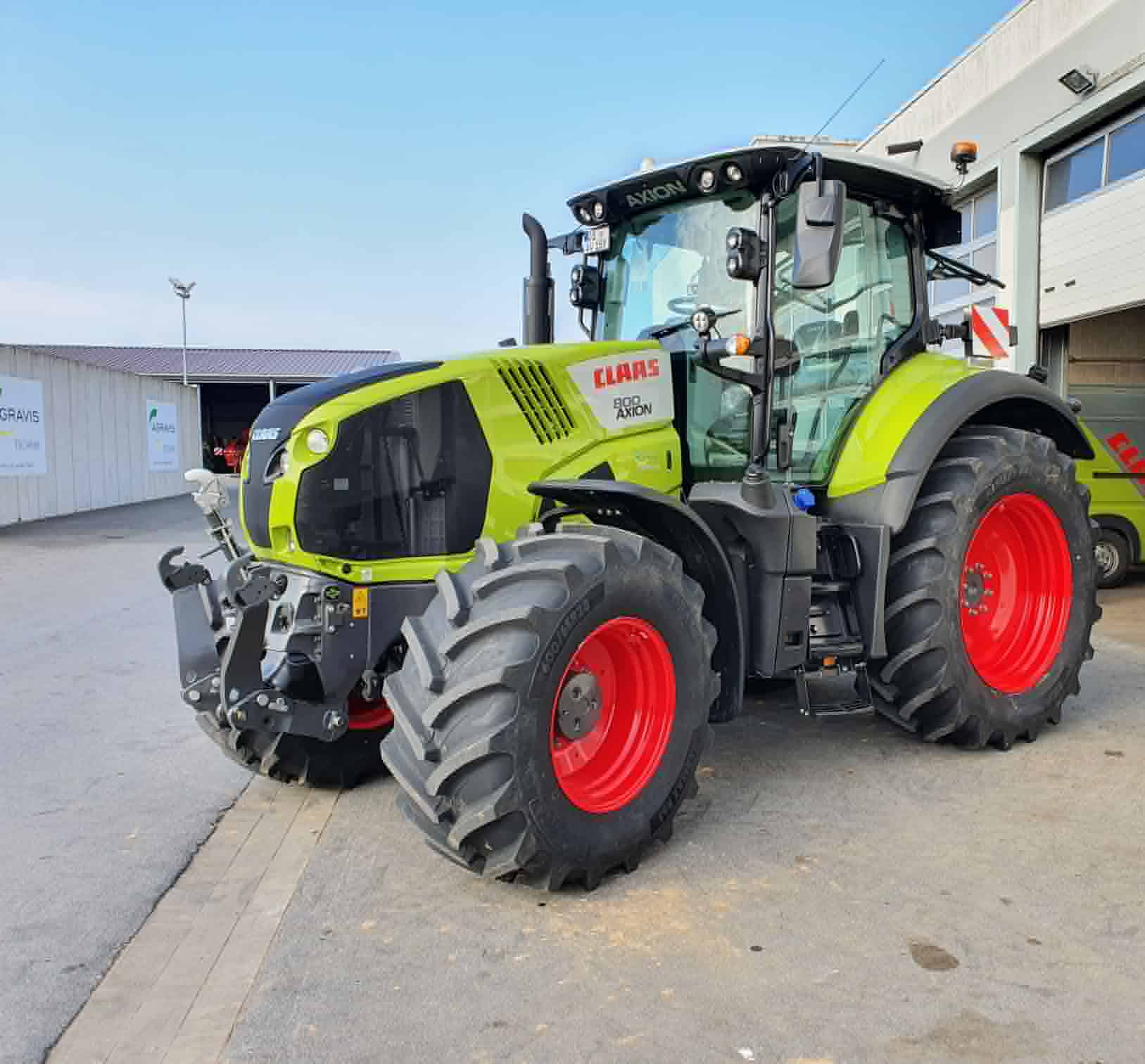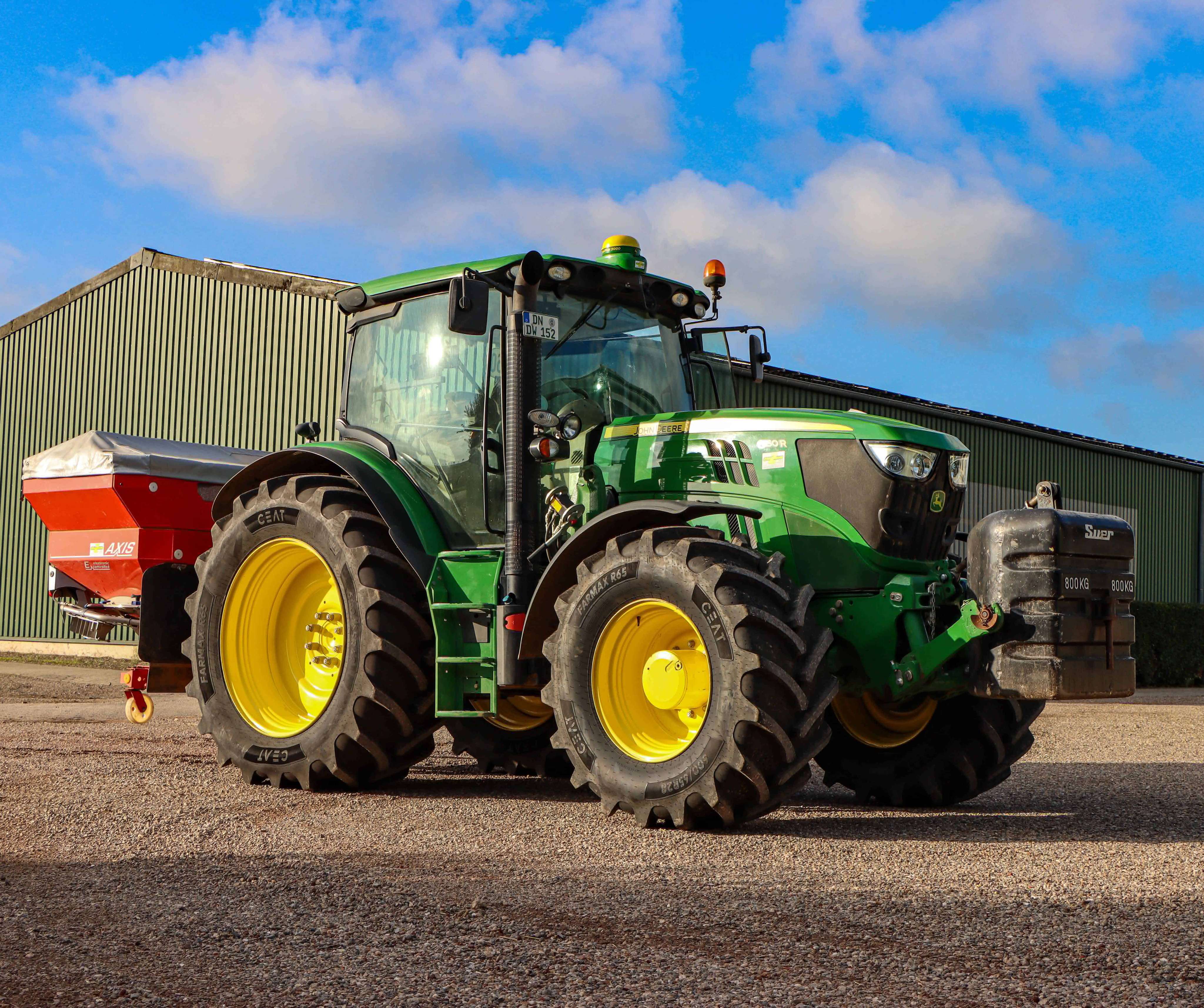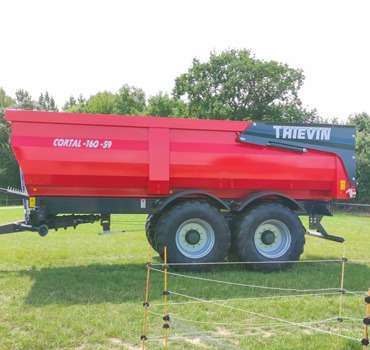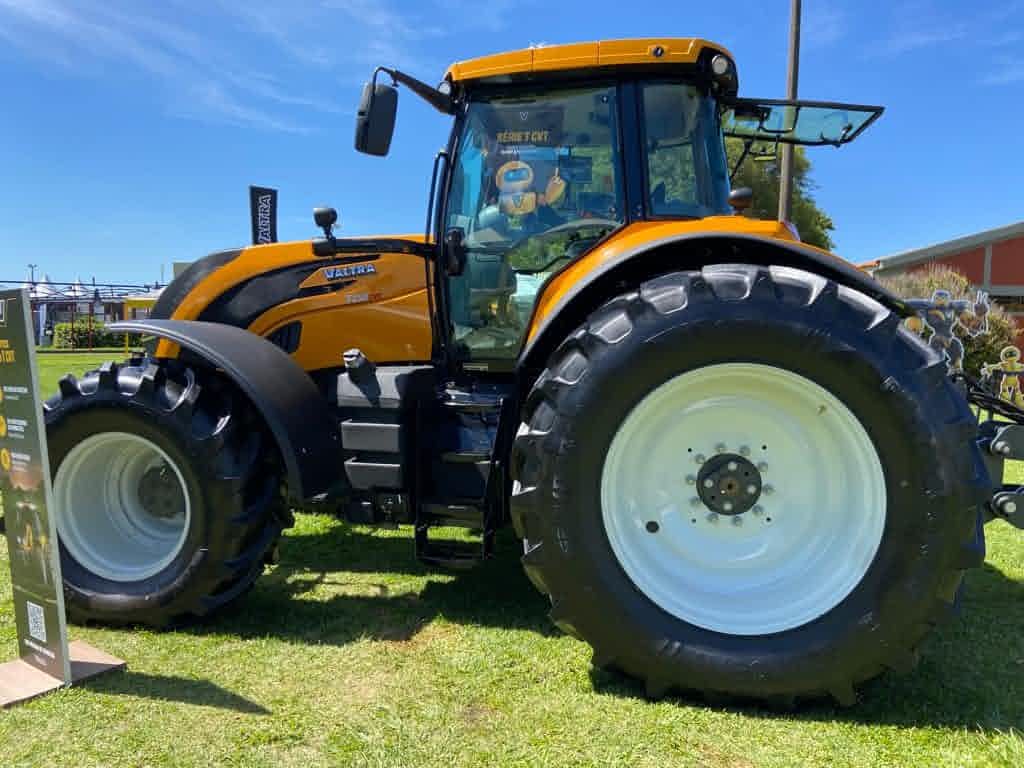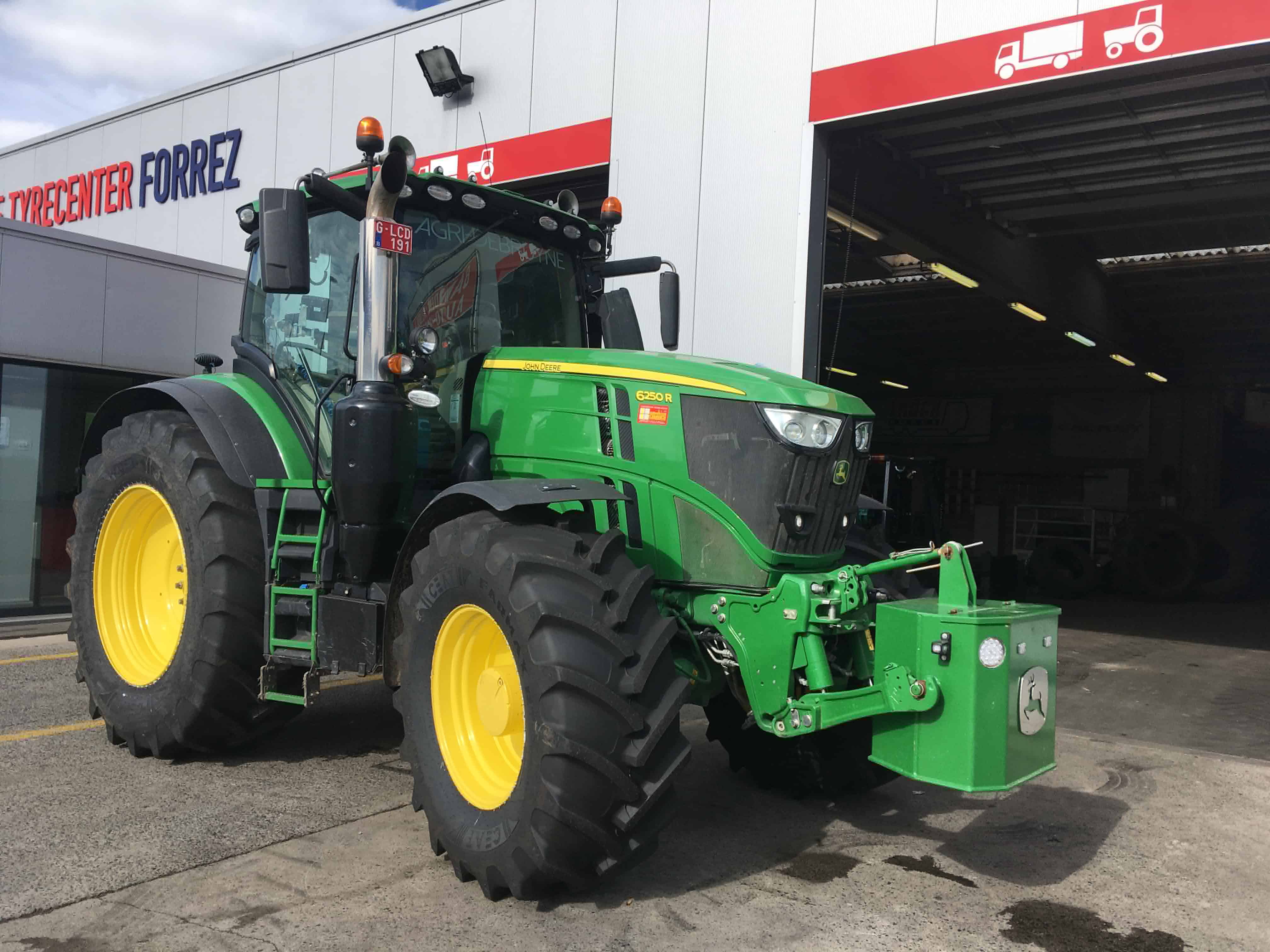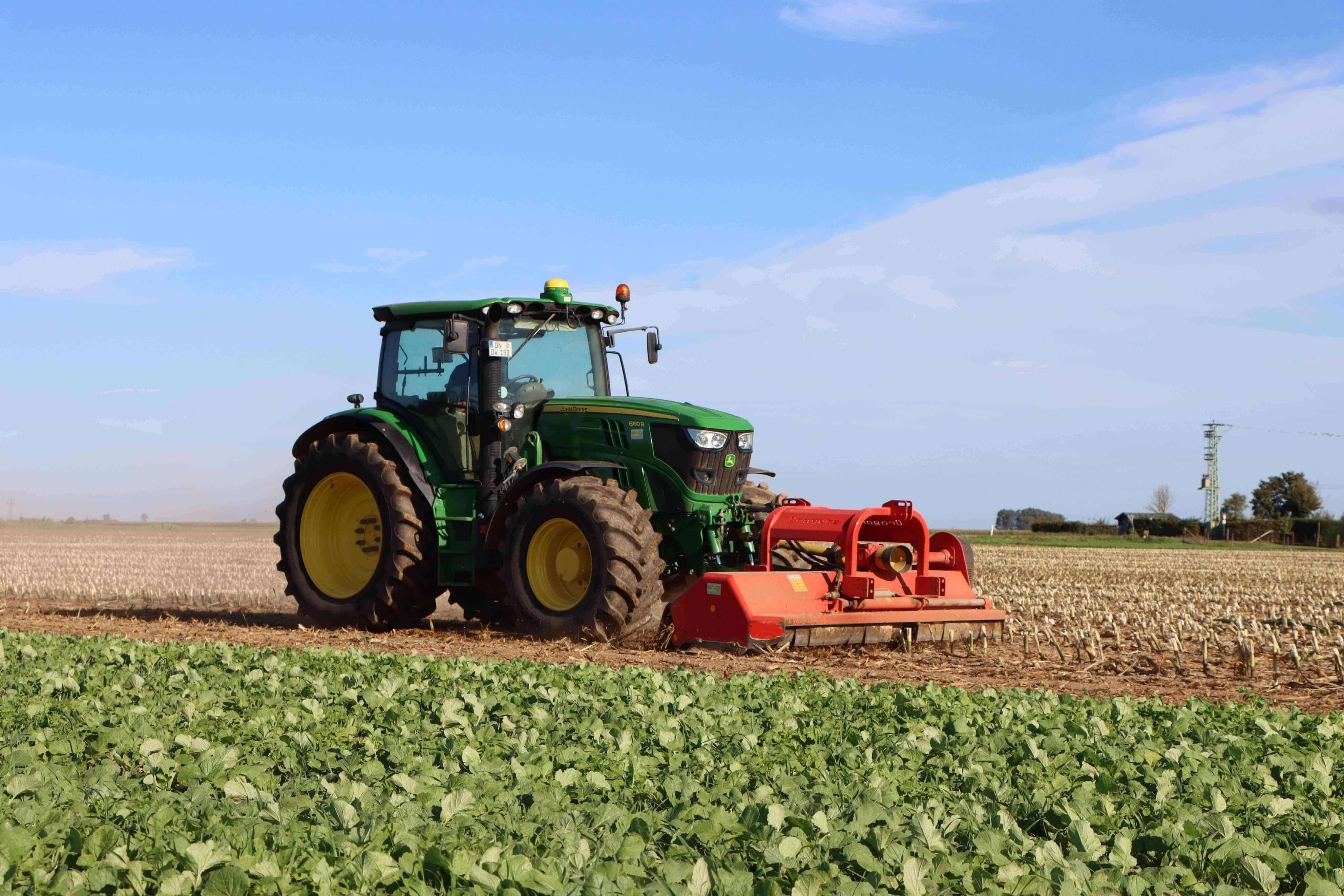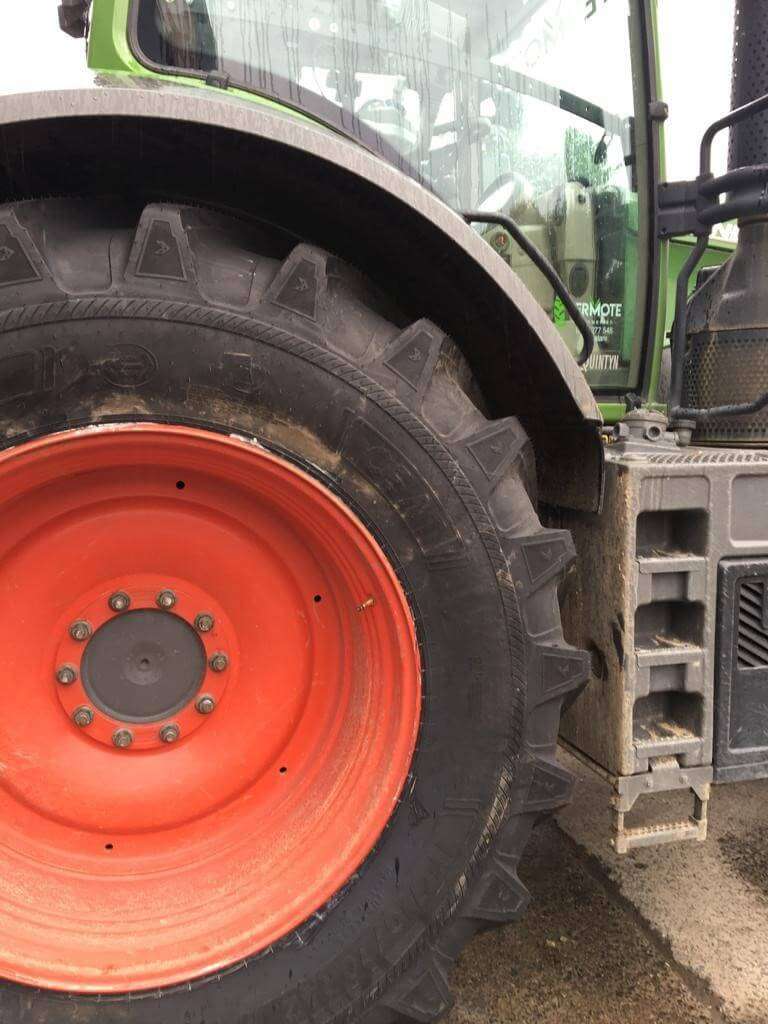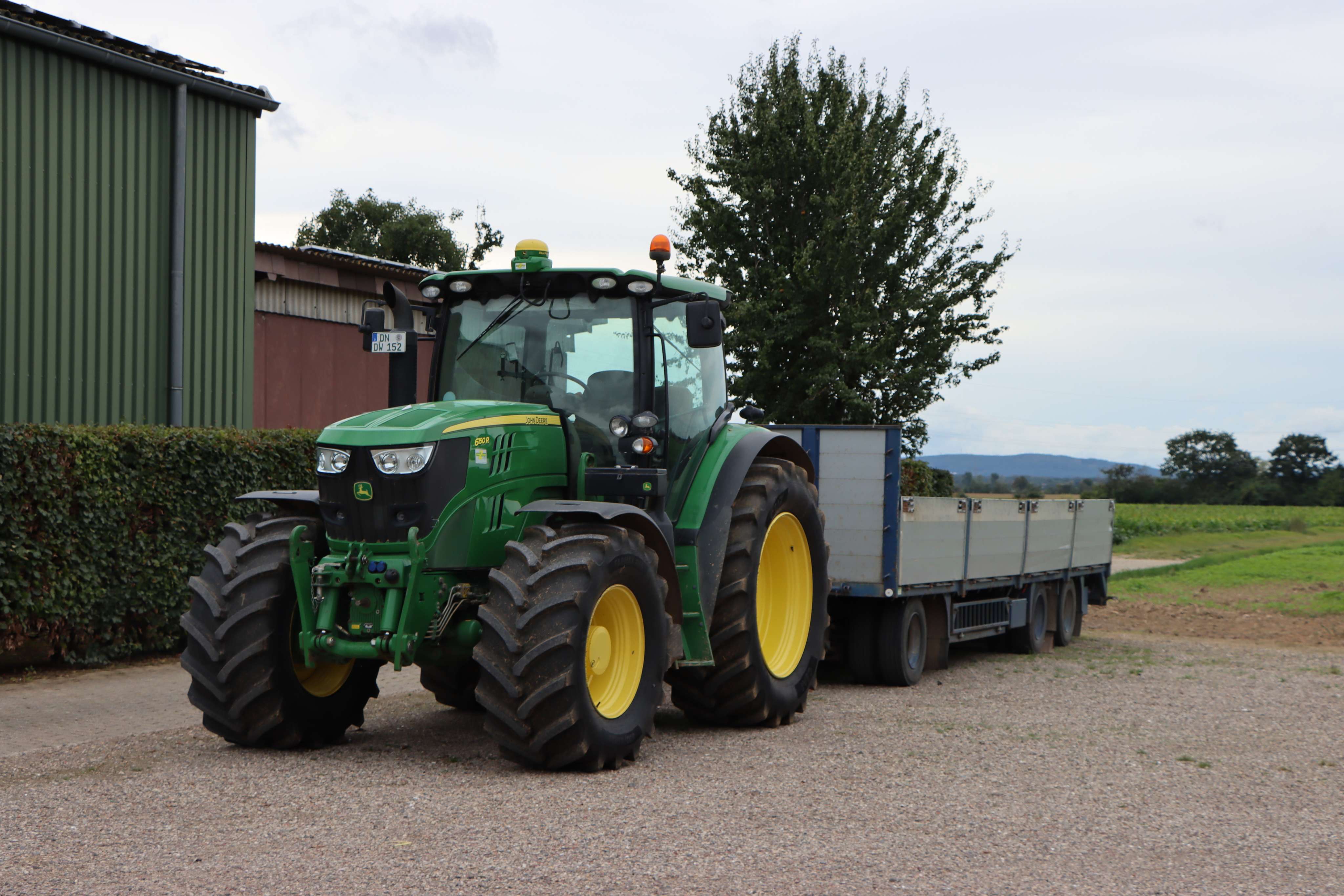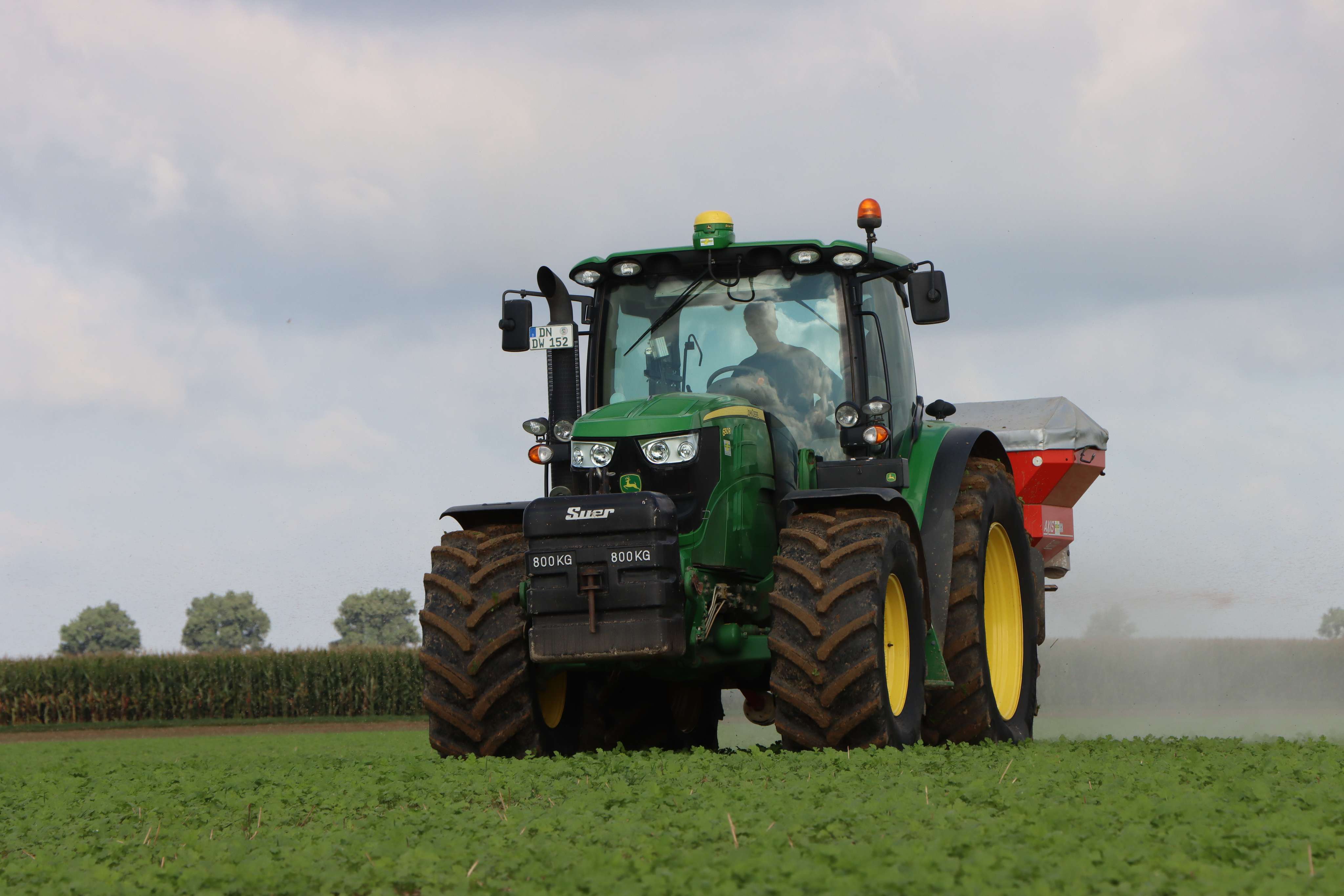ceat-speciality:blogs-tags/all,ceat-speciality:blogs-tags/tyre-care
How can I adjust wheel alignment to avoid my front tractor tyres wearing unevenly?
Tue, 22 Nov 2022 | PRODUCTS
One of the primary causes of premature wear of front tractor tyres is incorrect wheel alignment that means the tractor tyres wear unevenly, with more wear on one side than the other. To prevent this – and so avoid having to make an early search for replacement ‘tractor tyres for sale’ or ‘tractor tyres near me’ or an unplanned scan of tractor tyres price lists – follow this advice.
One of the most common causes of premature front tyre replacement, particularly on four-wheel drive tractors, is uneven wear caused by incorrect wheel alignment. If the two front wheels on your tractor have not been correctly adjusted on the axle, and their alignment is not regularly checked, the result will be excessive wear on either the left or right side of each front tractor tyre. This will affect each tractor tyre’s grip and its ride, and because these are front tractor tyres, steering will be affected too, particularly at speed on the road, with associated risks for safety of the tractor driver and other road users.
So how can you adjust wheel alignment to avoid your front tractor tyres wearing unevenly? One relatively simple solution, particularly if the problem has been identified when the tyres are at least 50% worn and so at least halfway through their lifetimes, is to swap them, left for right and right for left. However, it is better to identify the cause of the problem and make adjustments to ensure that it does not continue to be an issue.
To do this, you will need to measure the distance between the front wheels at their leading and rear edges. On a correctly-adjusted axle, these distances should be identical, or have a slightly greater distance between the leading edges – what is known as a slight ‘toe-out’ stance.
If the distances are not identical, and therefore the front tractor tyres are not parallel or have a ‘toe-in’ position, it is necessary to adjust the alignment of the front wheels. The operator’s manual for your tractor will explain the correct procedure for this, but the following description gives general guidance of the principles to follow.
Firstly, at each end of the track rod you must undo the locknuts. Usually of the self-locking type, they will require pressure to placed on them to prevent the ball bearing beneath causing the nut to rotate. As this is done, it should be possible to remove the track rod end, and to screw it in or out to either shorten or lengthen it as required to bring the top of the wheel in towards or away from the tractor as required, repositioning it to ensure it sits parallel or has a slight toe-out stance. Its opposite number should have an opposing stance to ensure things are even.
Once this is done on one side, the track rod end can be reinserted and the procedure repeated on the opposite side. The final step is to then re-secure the locking nut which fastens the track control rod. The inside of the self-locking nuts is made from nylon, and the opposing thread chews into this as the nut is tightened, so these nuts cannot be reused and must be replaced at this point. You should therefore ensure you have replacements before you commence the procedure of track rod adjustment.
To prevent premature front tractor tyre wear, the tracking of your front tractor tyres should be checked regularly through the course of the year to ensure they are parallel, adjusting them via this procedure if they are not. By cutting the likelihood of both premature and uneven tractor tyre wear, not only will this mean longer intervals between the internet searches you have to make for ‘tractor tyres for sale’ and ‘tractor tyres near me’, and the times you have to study a tractor tyres price list, but it will also maximise overall tractor tyre performance and safety of your machine as a whole, by ensuring the front tractor tyres pull and steer exactly as designed.

